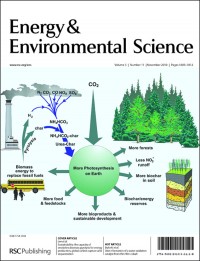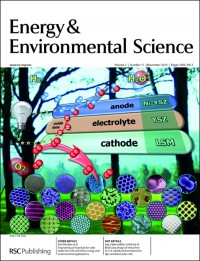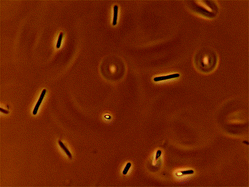
An alternative fermentation technology to recover valuable precursors for biodiesel from low grade biomass
Read it today:
Biological formation of caproate and caprylate from acetate: fuel and chemical production from low grade biomass
Kirsten J. J. Steinbusch, Hubertus V. M. Hamelers, Caroline M. Plugge and Cees J. N. Buisman
Energy Environ. Sci., 2011, DOI: 10.1039/C0EE00282H











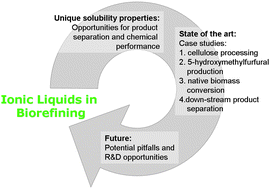
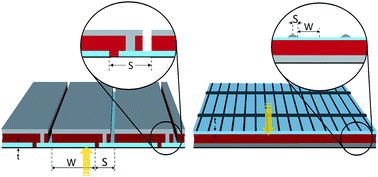 HOT Communication
HOT Communication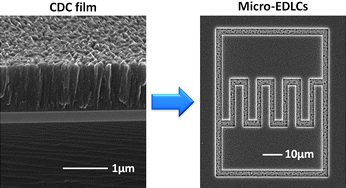
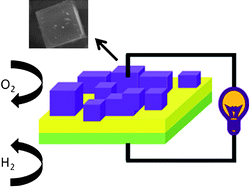 ‘HOT’ EES paper –
‘HOT’ EES paper – 